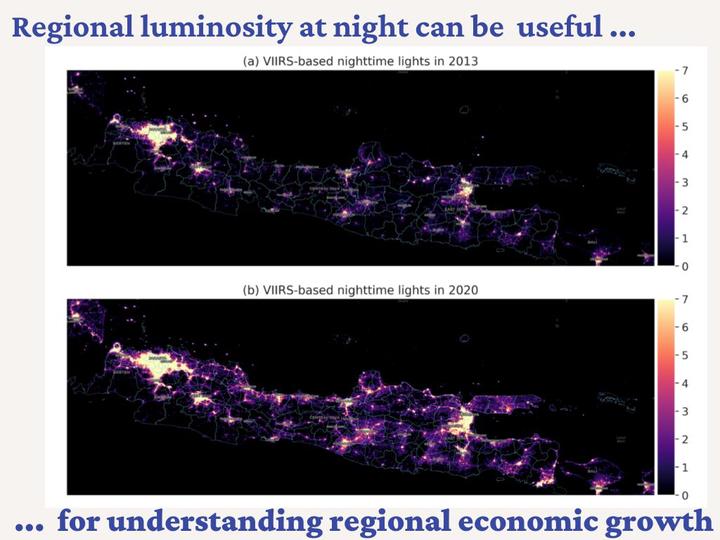Regional luminosity through the lens of the spatial Solow model: Evidence from Java, Indonesia

Abstract
Luminosity at night is a well-known proxy for measuring local economic activity. This paper studies the space-time dynamics of regional luminosity through the lens a spatial Solow growth model. The model accounts for cross-regional technological interdependence, which is assumed to operate through geospatial externalities. By exploiting new nighttime light images for Java (Indonesia) over the 2013-2020 period, our results show that technological interdependence plays an important role in explaining regional output. Unlike non-spatial models, results from a spatial panel Durbin model reveal that human capital has both direct and indirect (spillover) effects on regional output. Moreover, accounting for technological interdependence yields a greater positive effect of physical capital and a smaller negative effect of labor force growth. Overall, our results highlight the importance of using both nighttime light images and spatial econometrics for understanding regional economic growth.